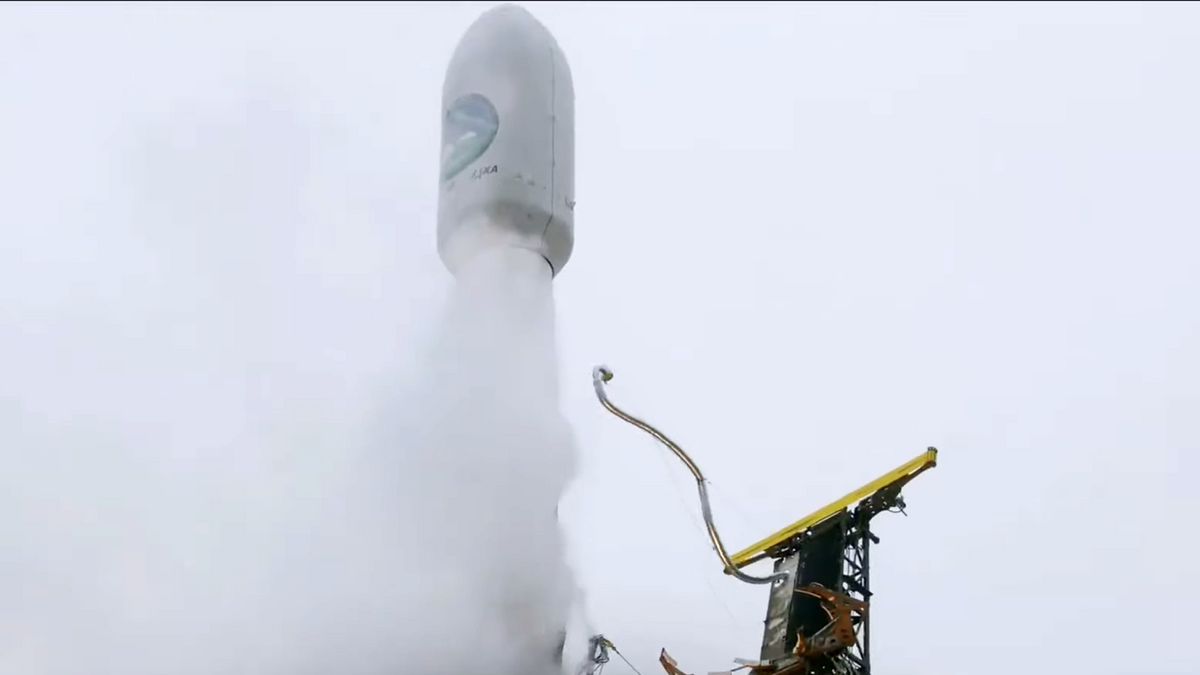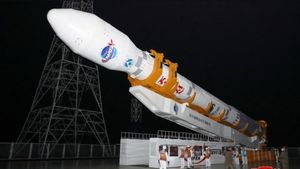JAKARTA – The European Space Agency (ESA) launched the EarthCARE satellite on Wednesday, May 29. This satellite took off from Vandenberg Space Force Base in California using a Falcon 9 rocket.
About 10 minutes after launch, the Hartebeesthoek station in South Africa received a signal that EarthCARE was in orbit. Now, the satellite will be prepared to study the impact of clouds and aerosols on Earth's climate.
EarthCARE is a collaborative mission between ESA and the Japan Aerospace Exploration Agency (JAXA). The mission was built by a consortium of 75 companies, but the main contractor was Airbus.
After the launch, Simonetta Cheli, Director of ESA's Earth Observation Program, said that the EarthCARE mission was the most complex research program carried out by her agency, even in its development process.
"(This mission was possible) thanks to close collaboration with our JAXA partners, who contributed the satellite's cloud profile radar instrument, and the entire space industry team involved," said Cheli, quoted from the official ESA broadcast.
Cheli explained that this mission is very important for advancing human scientific knowledge. Later, the first data from the EarthCARE satellite can be used to better understand appropriate actions to tackle climate change.
SEE ALSO:
Meanwhile, JAXA Project Manager, Eiichi Tomita, said that EarthCARE is a very useful tool for improving the accuracy of global climate models. The reason is, data from this satellite can be used to mitigate climate change.
"JAXA provides cloud profile radar, the world's first radar that can measure upward and downward flow velocities in clouds. We hope this EarthCARE data product will be extraordinary," said Tomita.
The English, Chinese, Japanese, Arabic, and French versions are automatically generated by the AI. So there may still be inaccuracies in translating, please always see Indonesian as our main language. (system supported by DigitalSiber.id)


















